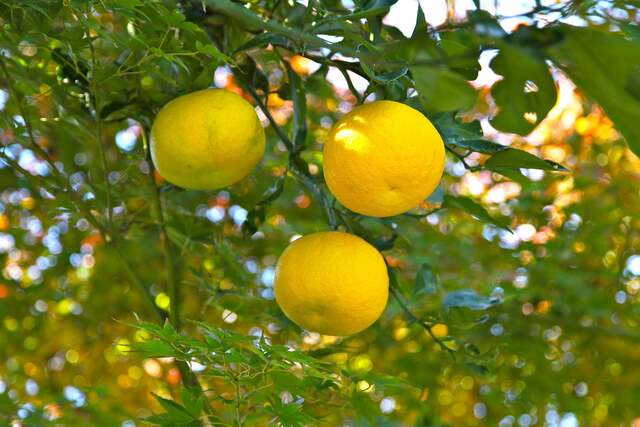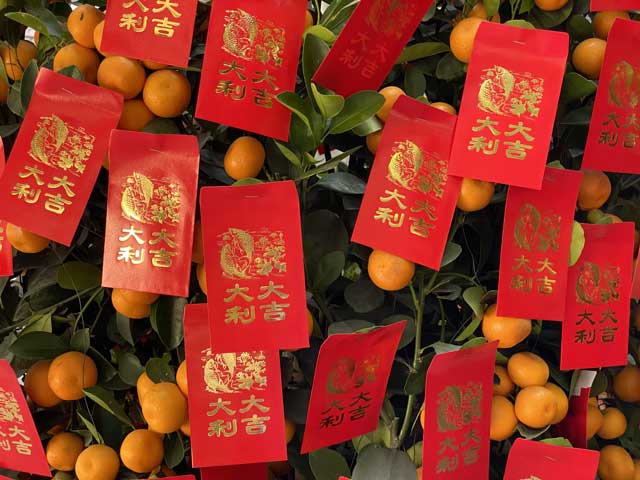“Yuzu” and 5 More Japanese Fruits You Must Try

People from all over the world love and enjoy Japan's wide variety of wonderfully unique and extremely delicious fruits. Some of these fruits are common and inexpensive, while others are luxurious and pricey. So, if you’re ever in Japan, you must try a few of them or try them all!
In Japan, fruit culture is special and strictly handled with care. To emphasize, the country's agricultural organization is the one that establishes rigorous standards and guidelines in size, color, and flavor for these precious fruits.
Fruits are grown all year in some parts of the country, whereas others are only grown during specific seasons. And Japanese fruits, no matter how rare they may be, are always a treat. Some are popular gifts for specific occasions, while others are considered to be important decorations for a variety of social events. So if you’re ready, let’s take a virtual market tour and learn some of the perfectly produced Japanese fruits of all times. By the way, thank you to all the local farmers who helped make this deliciousness possible.
1. 桃 (Momo) / Peach
In Japan, peaches play an important role in religious rituals. It is even known that the oldest peach pit was discovered in Taramicho, Nagasaki. Japanese peaches are softer and bigger than those typically found in supermarkets. Peaches are abundant during the summer season and make popular summer presents that can cost from 3,000 to 6,000 Japanese Yen.
2. 梨 (Nashi) / Pear
Nashi, also known as the Asian pear, is thought to have originated in China and has been cultivated in Japan since the Edo period. In comparison to Western pears, these pears are larger. They're crisp, juicy, and delicious, too, though their skin is a little rougher than typical pears.
3. 柿 (Kaki) / Persimmon
Since the 7th century, persimmons, also known as kaki, have been grown in Japan. Persimmons are commonly eaten raw and chopped into little pieces. They are a favorite snack during the fall and winter seasons. These fruits, however, are not as tasty as regular fruits.
4. 柚子 (Yuzu) / Citrus fruit
Yuzu is a citrus fruit that is very popular in East Asian countries. The oil from these lemon-sized citrus fruits is often used in cosmetics, perfume, soaps, and aromatherapy. Yuzus are delicious and acidic accents to a variety of recipes. They're also great in vinegars, spices, sauces, and marmalades as flavorings.
5. 蜜柑 (Mikan) / Tangerine or Mandarin Orange
Mikans, also known as Japanese tangerines, are one of Japan's most popular fruits. In fact, Mikan is one of the few Japanese fruits that is widely distributed throughout the world. This winter fruit is popular, and it makes its appearance around Japanese New Year. They're little, quick to peel, and simple to eat. They're also incredibly cheap, yet full of taste.
6. 梅干 (Ume) / Plum
Plum trees are considered to have originated in China. However, they were first introduced to Japan in ancient times and were eaten around the time of the Nara Period. Japanese plums, or Ume, are eaten raw but people like it pickled, otherwise known as umeboshi. Umeboshi or pickled plums are typically used in bento. Sometimes, they are eaten with a bowl of white rice or placed inside rice balls known as onigiri. Japanese plums are also used to produce umeshu or plum wine, a favorite and beloved type of sweet liqueur.
Learn Japanese


